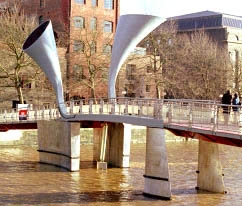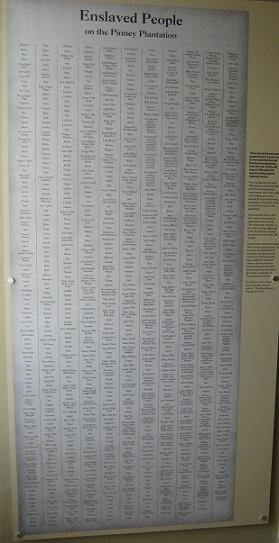On this site:
- Homepage:
- The Mountravers Plantation Community, 1734 to 1834
The enslaved people
The employed men - Archival research:
- Fieldwork:
Developments - Other work on Nevis:
Alexander Hamilton and 'Hamilton House'
Bath Hotel
British Library Endangered Archives
Bush Hill Estate
Clarke's Estate
Clifton Estate
Court House
Dasent's Estate
Early Steam Engines
Eden Browne Estate
Montpelier Estate
Scarborough's Estate
Stoney Grove Estate
Tower Hill Estate
Uprising, 1725: Frank's StoryWreck of HMS Solebay - Developments in Bristol
- Publications, reports and broadcast media
- Acknowledgments
- Contact details and links to other sites
Aims of our research The importance of Mountravers
On this site:
- Homepage:
- The Mountravers Plantation Community, 1734 to 1834
The enslaved people
The employed men - Archival research:
- Fieldwork:
Developments - Other work on Nevis:
Alexander Hamilton and 'Hamilton House'
Bath Hotel
British Library Endangered Archives
Bush Hill Estate
Clarke's Estate
Clifton Estate
Court House
Dasent's Estate
Early Steam Engines
Eden Browne Estate
Montpelier Estate
Scarborough's Estate
Stoney Grove Estate
Tower Hill Estate
Uprising, 1725: Frank's StoryWreck of HMS Solebay - Developments in Bristol
- Publications, reports and broadcast media
- Acknowledgments
- Contact details and links to other sites
Aims of our research The importance of Mountravers
Mountravers Plantation (Pinney's Estate) - Nevis, West Indies
Christine Eickelmann and David Small

Pero's Bridge in Bristol's Harbourside,
opened in 1999
Developments in Bristol
Until 1996 there had been a marked reluctance among the institutions of the city to acknowledge its important role in transatlantic slavery. Since the formation of the Bristol Slave Trade Action Group in 1996 Bristol has seen a change in that attitude. We have been involved in supporting this development,- researching and drafting information panels for the Georgian House Museum (1998 and the revised edition 2018)
- assisting with the development of a Slave Trade Trail
- producing the research used for the naming of Pero's Bridge in Bristol's Harbourside (See Publications, reports and broadcast media PERO The Life of a Slave in Eighteenth-Century Bristol)
- assisting Bristol Museum in staging their major exhibition on slavery, A Respectable Trade?, in 1999 (For details of the exhibition, see Bristol and Transatlantic Slavery by Madge Dresser and Sue Giles, Bristol Museum and Art Gallery, 2000.)
- contributing the research into the life of the Nevis-born Frances (Fanny) Coker to the M Shed Museum. She features in their Transatlantic Slave Trade theme.
900 Names
In 2018 we were asked to draft a complete revision of the information panels in the Georgian House museum which concern the Pinney family’s involvement with slavery and sugar plantations on the island of Nevis. This permanent exhibition also tells the stories of two black servants from Nevis, the enslaved man Pero and the freed woman Frances Coker.
The final panel in this exhibition lists the 903 men, women and children known to have lived on the lands that became known as Mountravers, from 1680/1 until 1834. There will have been many more who were born and who died on the plantation while others will have passed through only briefly.
The names stand as a testimonial to those who created the wealth which the Pinneys and other slaveholders enjoyed.
To our knowledge this is the only public display in Britain of the names of all the enslaved people who were associated with one Caribbean sugar plantation.

The revised display in the Georgian House Museum includes a panel with names of over
900 enslaved people known to have lived on the plantation later known as Mountravers
Servants in the Family
In the course of our research into the Pinney family we have identified more than 50 servants who worked for them in the period between 1783 and the 1820s. Apart from a few black men and women, they were mostly local West Country folk.
In addition to their Bristol house (now the Georgian House Museum), the Pinneys owned properties in Dorset and Somerset, particularly Somerton Erleigh, their country estate at Somerton. The servants tended to work mainly in one location or another but a few worked either in Bristol or in the country, as family needs dictated. Some of them regularly shuttled between Bristol and Somerton.
We have written an account of the Pinneys' servants which is on display in the Georgian House Museum.